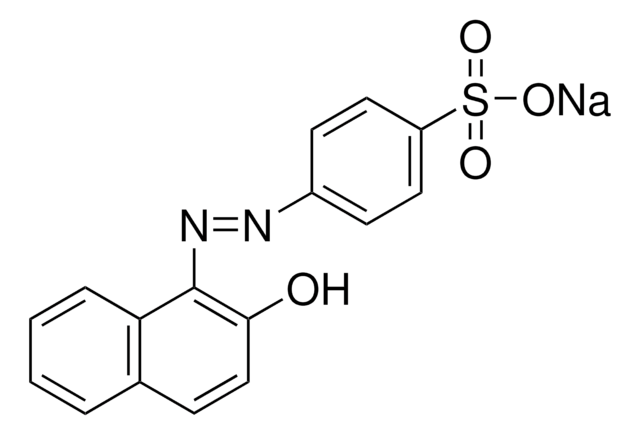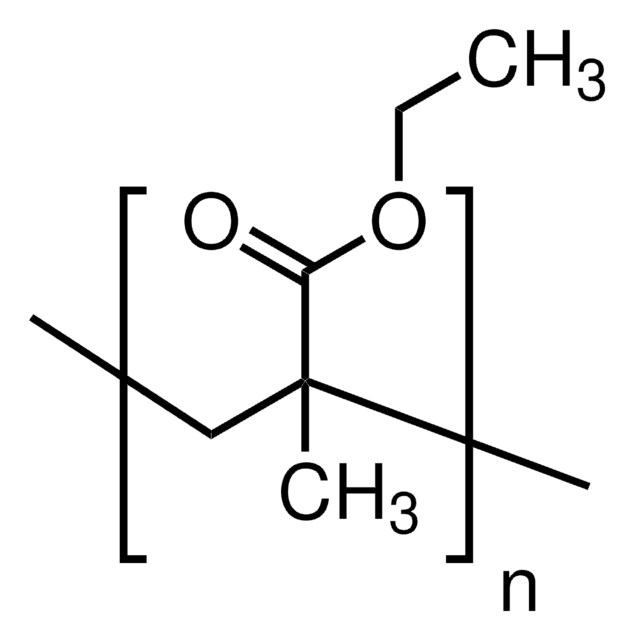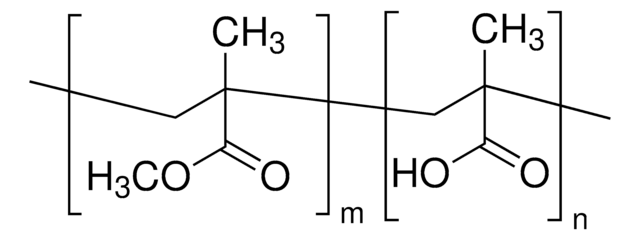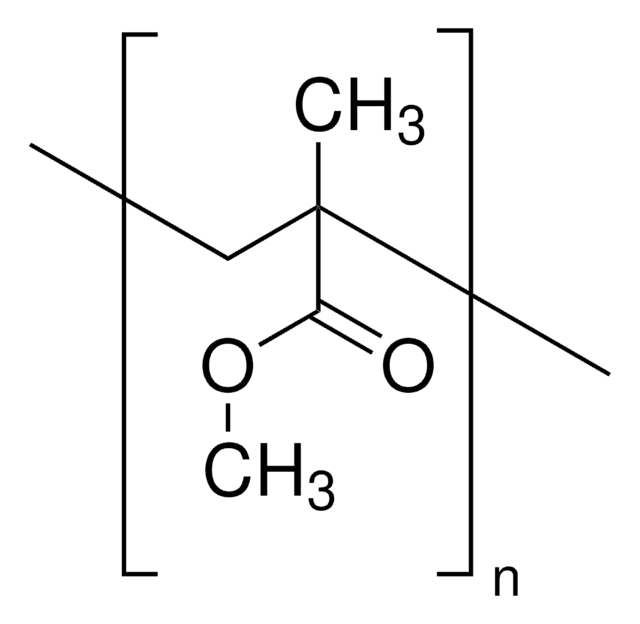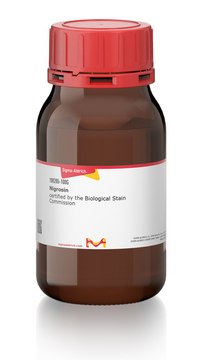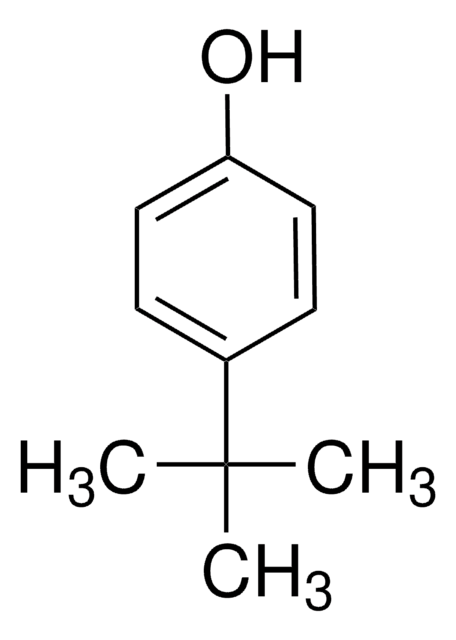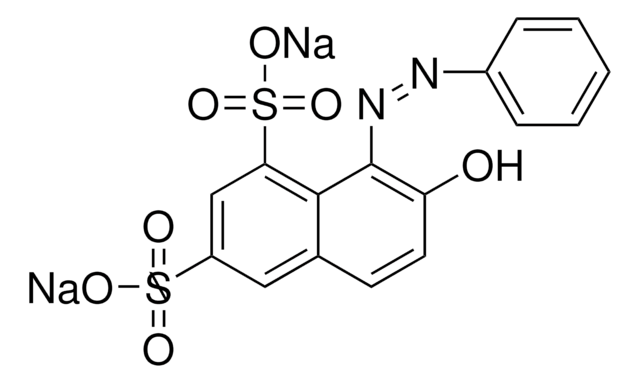195235
Orange II sodium salt
(Certified by the Biological Stain Commission), Dye content ≥85 %
Synonym(s):
4-(2-Hydroxy-1-naphthylazo)benzenesulfonic acid sodium salt, Acid Orange 7, Acid Orange A, Orange II, Tropaeolin 000 No. 2
About This Item
Recommended Products
product line
BioXtra
Quality Level
form
powder
composition
Dye content, ≥85%
λmax
483 nm
ε (extinction coefficient)
≥17000 at 480-486 nm in water at 0.01 g/L
≥26500 at 225-231 nm in water at 0.01 g/L
≥7500 at 307-313 nm in water at 0.01 g/L
application(s)
diagnostic assay manufacturing
hematology
histology
storage temp.
room temp
SMILES string
[Na+].Oc1ccc2ccccc2c1\N=N\c3ccc(cc3)S([O-])(=O)=O
InChI
1S/C16H12N2O4S.Na/c19-15-10-5-11-3-1-2-4-14(11)16(15)18-17-12-6-8-13(9-7-12)23(20,21)22;/h1-10,19H,(H,20,21,22);/q;+1/p-1/b18-17+;
InChI key
CQPFMGBJSMSXLP-ZAGWXBKKSA-M
Looking for similar products? Visit Product Comparison Guide
Suitability
Storage Class Code
13 - Non Combustible Solids
WGK
WGK 3
Flash Point(F)
Not applicable
Flash Point(C)
Not applicable
Personal Protective Equipment
Choose from one of the most recent versions:
Already Own This Product?
Find documentation for the products that you have recently purchased in the Document Library.
Our team of scientists has experience in all areas of research including Life Science, Material Science, Chemical Synthesis, Chromatography, Analytical and many others.
Contact Technical Service